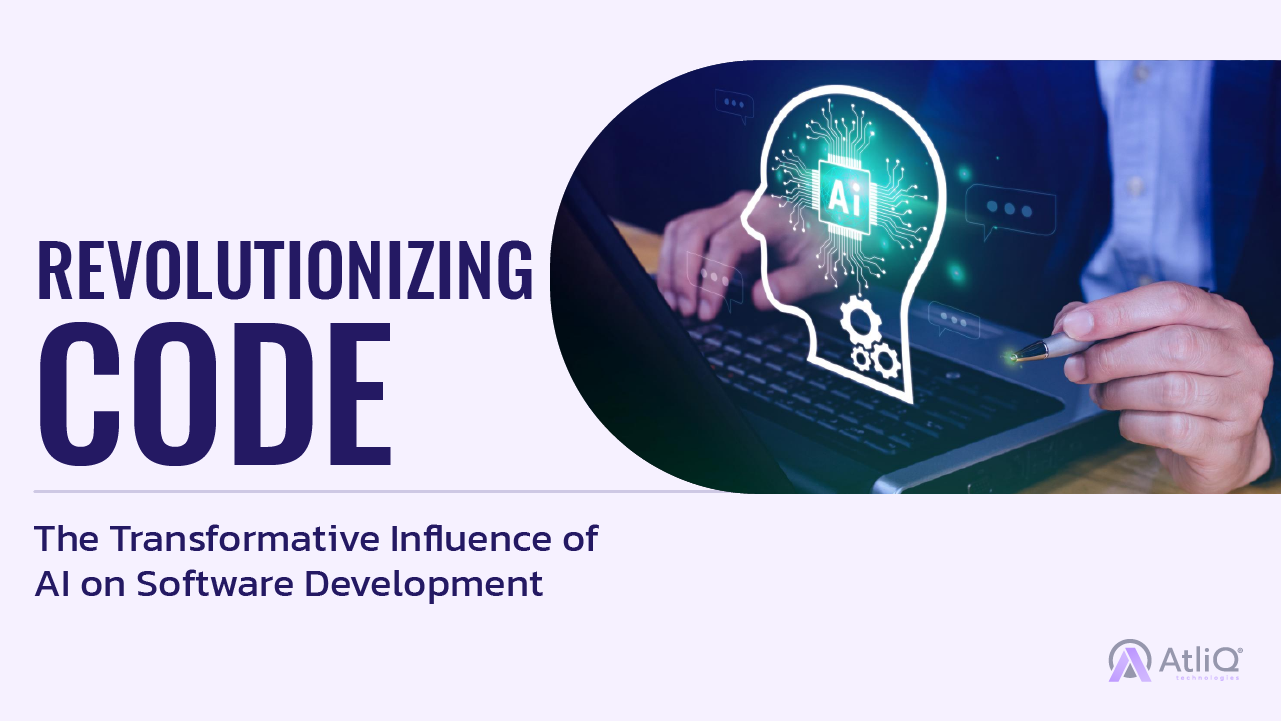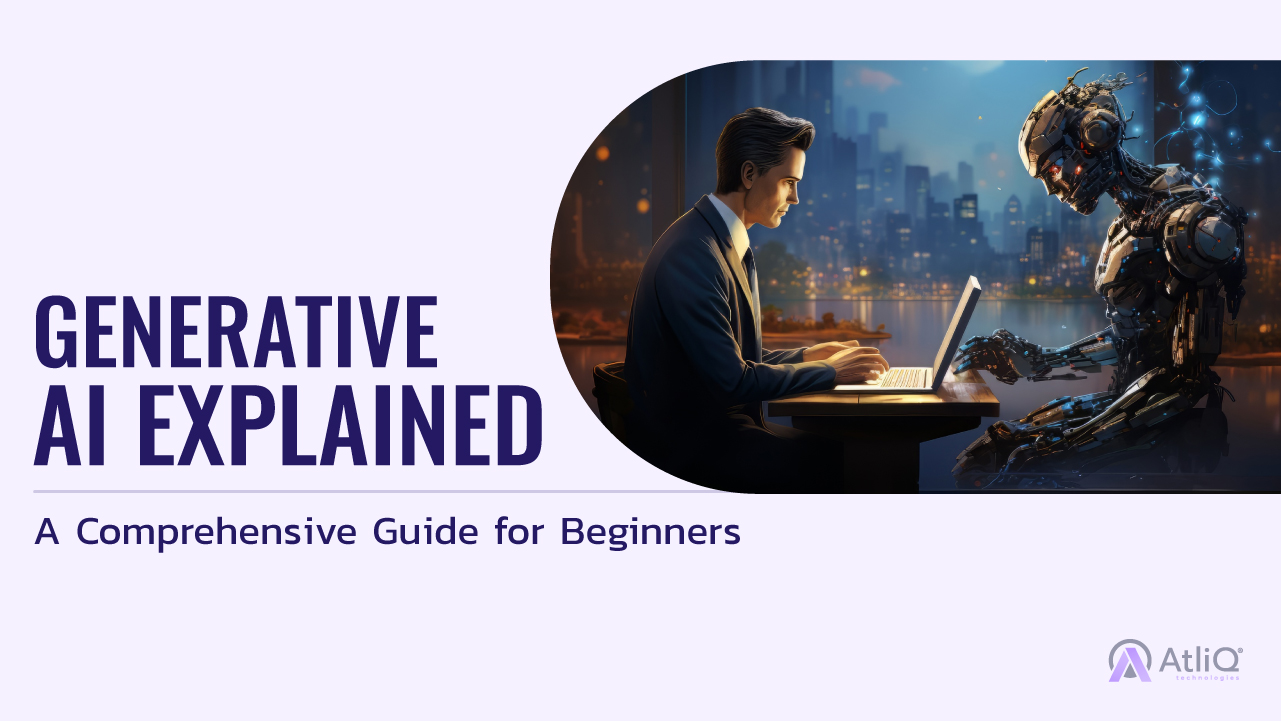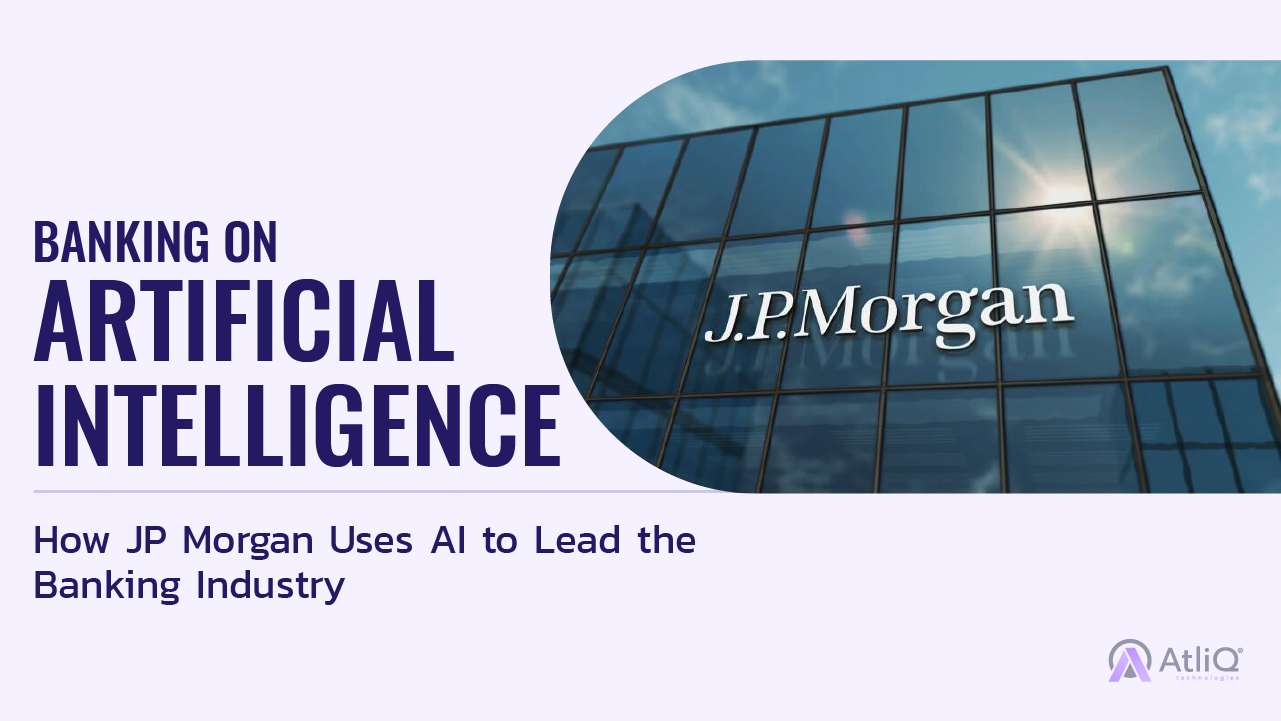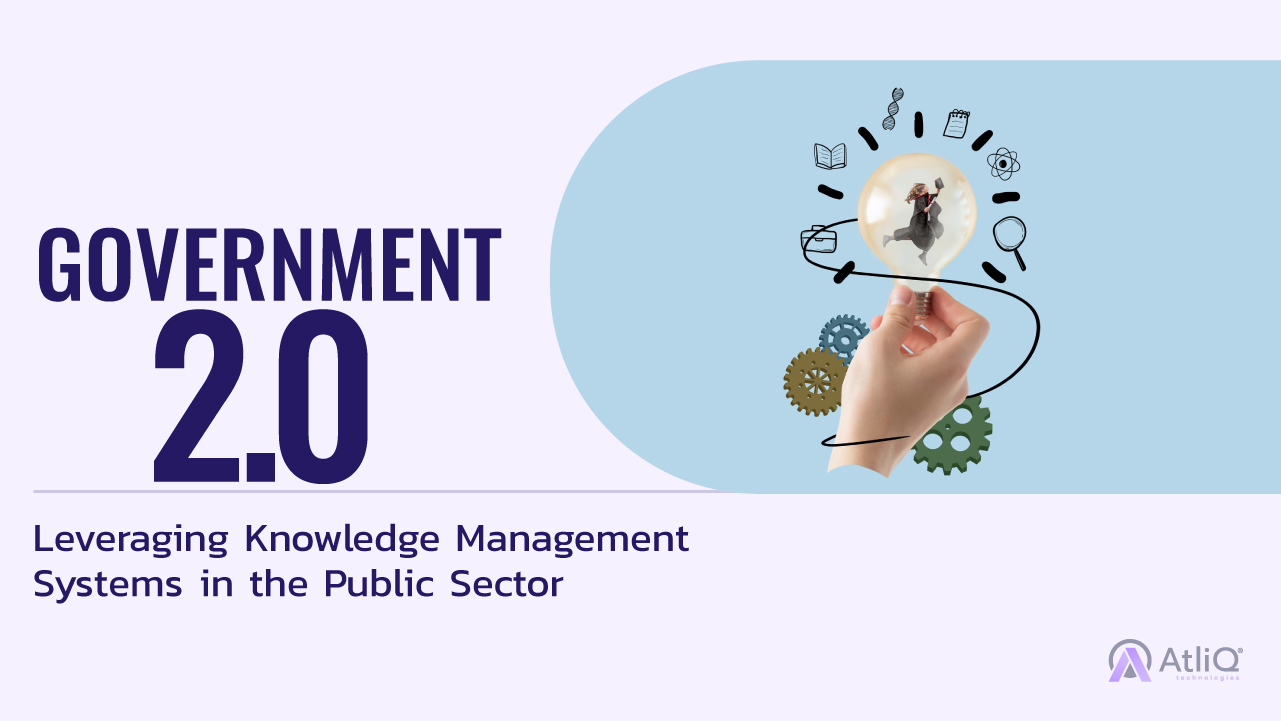
Artificial Intelligence stands as a formidable force, reshaping industries and redefining the boundaries of what’s possible. As we navigate the intricate landscape of innovation, AI emerges not merely as a buzzword but as a driving catalyst propelling us into an era of unprecedented advancements. At its core, AI is not just a set of algorithms; it’s a transformative force that empowers machines to simulate human intelligence. Whether it’s automating routine tasks, deciphering complex patterns in data, or enabling machines to learn from experience, AI’s impact is felt across diverse sectors. From healthcare and finance to education and entertainment, AI is seamlessly integrating into the fabric of our daily lives.
The Evolution of AI in Software Development
- 1950s-1960s: Birth of AI
-
-
- 1950: Alan Turing introduces the Turing Test as a measure of machine intelligence.
- 1956: Dartmouth Conference marks the birth of AI as a field of study.
-
- 1970s-1980s: Early AI Endeavors
-
-
- 1970s: Rule-based systems and symbolic reasoning dominate early AI efforts.
- 1980s: Expert systems gain popularity, attempting to replicate human decision-making processes.
-
- 1990s: Rise of Machine Learning
-
-
- 1997: IBM’s Deep Blue defeats chess champion Garry Kasparov, showcasing the power of specialized AI.
- Late 1990s: Machine Learning gains traction, focusing on algorithms that can learn and adapt without explicit programming.
-
- 2000s: Machine Learning Becomes Mainstream
-
-
- 2006: Geoffrey Hinton and team publish groundbreaking work on deep neural networks.
- 2011: IBM’s Watson wins Jeopardy, showcasing the capabilities of natural language processing in AI.
-
- 2010s: Deep Learning Dominance
-
-
- 2012: AlexNet wins ImageNet competition, marking a significant breakthrough in image recognition using deep learning.
- 2015: Generative Adversarial Networks (GANs) are introduced, revolutionizing data generation and manipulation.
- 2018: OpenAI’s GPT-3 demonstrates the power of large-scale language models.
-
- Present: AI Integration in Software Development
-
-
- 2020s: AI becomes an integral part of software development, aiding in code generation, testing, and optimization.
- Ongoing: Continuous advancements in natural language processing, reinforcement learning, and AI ethics.
-
- Future: Anticipated Developments
-
-
- Mid-2020s: Increased focus on ethical AI and responsible development practices.
- Late 2020s: Continued integration of AI in diverse aspects of software development, with emphasis on interpretability and explainability.
- 2030s and Beyond: The line between human and machine contribution to software development becomes increasingly blurred, ushering in an era of collaborative intelligence.
-
Automation and Efficiency
Nowhere is its impact more profound than in the software industry, where AI is revolutionizing the way applications are developed, tested, and deployed. In this exploration, we unravel the multifaceted impact of AI on the software industry, from automation and efficiency to user experiences and data analytics.
- Streamlining Software Development Processes: AI’s impact on software development begins with the automation of routine tasks. Tasks such as code formatting, documentation, and even bug detection are being handled seamlessly by AI-powered tools. This not only reduces the burden on developers but also accelerates the development life cycle, allowing teams to focus on more complex and creative aspects of their work.
- Code Generation and Debugging: One of the most significant contributions of AI in software development is its ability to generate code autonomously. Machine learning models trained on vast repositories of code can understand patterns and generate new code snippets. Moreover, AI-driven debugging tools are becoming increasingly adept at identifying and fixing errors, minimizing the time spent on troubleshooting.
- Automated Testing and Quality Assurance: AI’s prowess extends to the realm of testing and quality assurance. AI algorithms can analyze code for vulnerabilities, predict potential issues, and even generate test cases. This not only ensures more robust and resilient software but also significantly reduces the time and resources required for testing, enabling faster release cycles without compromising on quality.
- Enhancing Developer Productivity: Beyond specific tasks, AI is empowering developers by providing intelligent insights and recommendations. From suggesting optimal code structures to predicting potential improvements, AI acts as a virtual assistant, enhancing developer productivity and fostering a collaborative environment where human creativity and machine intelligence complement each other.

Enhanced User Experience
- Tailoring Experiences: AI algorithms analyze user behavior, preferences, and historical interactions to deliver tailor-made experiences. From suggesting content based on past interactions to customizing interface layouts, personalization is enhancing user engagement and retention.
- Predictive Personalization: Through machine learning, software applications can predict user preferences, anticipating their needs and presenting relevant content or features before users explicitly request them. This anticipatory approach streamlines user interactions, creating a more intuitive and user-friendly environment.
- Revolutionizing Interactions: AI-driven user interfaces redefine how users interact with software applications. Natural Language Processing (NLP) empowers users to communicate with applications in a more conversational manner, making interactions more intuitive and user-friendly.
- Conversational Interfaces: Chatbots and virtual assistants, powered by AI, provide users with a conversational interface, allowing them to seek information, make requests, or perform actions using natural language. This fosters a more human-like interaction, enhancing user engagement and accessibility.
- Voice Recognition: The integration of AI-based voice recognition technologies enables hands-free interaction with software applications. Users can dictate commands, compose messages, or perform tasks simply by speaking, providing a hands-free and efficient user experience.

Data Analytics and Decision Making
- Advanced-Data Processing: AI excels in handling vast datasets that may be overwhelming for traditional analytics tools. Machine learning algorithms can sift through large volumes of data, identify patterns, and extract meaningful insights, empowering software developers to make informed decisions.
- Real-time Analysis: AI enables real-time data analysis, providing developers with up-to-the-minute information. This is particularly valuable in dynamic environments where swift decision-making is crucial, such as financial transactions, cybersecurity, or live user interactions.
- Precision and Accuracy: AI algorithms, powered by machine learning, enhance the accuracy of data analysis. By continuously learning from data patterns, AI models can make predictions and identify trends with a level of precision that goes beyond traditional statistical methods.
- Automated Decision-Making: Incorporating AI into decision-making processes automates routine choices, freeing up human resources for more complex tasks. AI-driven decisions are based on data-driven insights, minimizing the impact of human biases and improving overall efficiency.

Ethical Considerations in AI Development:
In the pursuit of maximizing AI benefits, collaborative efforts are needed to address ethical, workforce, and security concerns. This requires establishing ethical guidelines, supporting workforce transitions, and fortifying the security and privacy foundations of AI-powered software applications. A responsible and conscientious approach is essential to harness the full potential of AI while safeguarding societal values and individual rights.
- Addressing biases in AI algorithms is crucial to ensure fairness.
-
-
- Transparency and explainability are essential for building trust in AI decision-making.
-
- Potential Job Displacement and Workforce Changes:
-
-
- Automation efficiencies may lead to job displacement, necessitating workforce skillset shifts.
- Continuous upskilling and re-education are vital for adapting to the changing employment landscape.
-
- Security and Privacy Concerns in AI-Powered Software Applications:
-
-
- Ensuring the security of sensitive data processed by AI systems is imperative.
- Balancing personalized experiences with user privacy preservation is a challenge.
- Mitigating vulnerabilities to adversarial attacks is crucial for the reliability of AI systems.
-
In conclusion, the impact of Artificial Intelligence (AI) on the software industry is nothing short of revolutionary. As we’ve journeyed through the various facets of this transformative force, it’s clear that AI is reshaping the very foundation of how software is developed, tested, and experienced. From automation and efficiency to enhanced user experiences and data-driven decision-making, AI has become an integral catalyst for innovation.
The evolution of AI in software development has ushered in an era where machines collaborate with human ingenuity, automating mundane tasks, and augmenting the capabilities of developers. The rise of personalized and intuitive user experiences, driven by AI, has not only elevated the quality of software applications but has also redefined how users interact with technology daily.
As we stand at the intersection of human creativity and machine intelligence, the future of the software industry holds boundless possibilities. The ongoing advancements in AI technologies, coupled with a commitment to ethical development, present opportunities for growth, efficiency, and unprecedented innovation. The synergy between human minds and intelligent machines is crafting a new narrative for the software industry—one that is marked by continuous evolution, collaboration, and a commitment to harnessing the full potential of AI for the betterment of society.


